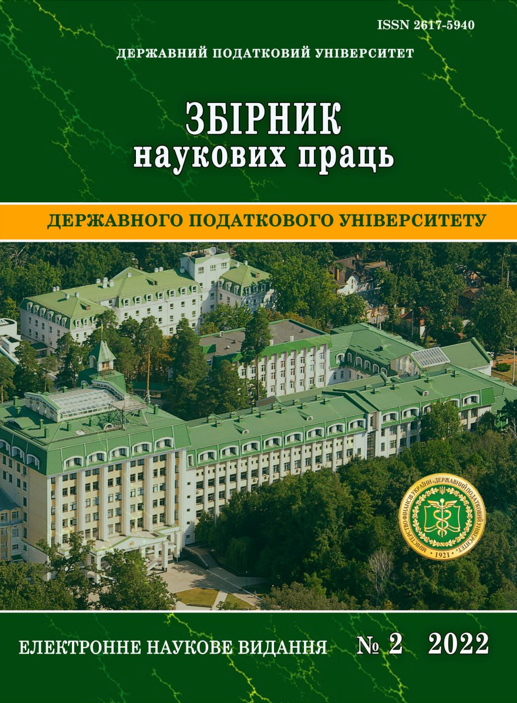Ukraine’s Debt Policy under Martial Law
DOI:
https://doi.org/10.33244/2617-5940.2.2022.81-96Keywords:
public finances, fiscal policy, debt, public debt, military bonds, taxesAbstract
The year 2022 has become a year of huge challenges for Ukraine, its citizens, the economy and the State Administration. As a result of the full-scale invasion of Russia, the socio-economic condition of Ukraine was greatly shaken. State expenditures on the military and social spheres have increased manifold. At the same time, there are very few sources and resources for financing the needs of the state.
In view of this, the Government was forced to resort to changing approaches in financing the country's budget – from tax to debt and grant sources of filling.
In the conditions of the deficit of own income, the state was forced to resort to intensive intervention in foreign and domestic markets of loan capital. This led to a significant increase in debt and the search for an effective policy in the field of public debt management.
This paper examines the main aspects of Ukraine's debt policy in wartime conditions.
It was established that as a result of the full-scale invasion of Russia, significant problems and damage were caused to the state finances of Ukraine. Which led to the impossibility of fulfilling the obligations assumed by the state on its own, at the expense of its own revenues. Due to which the Government was forced to resort to more intensive involvement of debt instruments. And this, in turn, led to a significant increase in the debt burden and the need to postpone or pay off existing debt obligations. It has been proven that the Government's policy was absolutely justified. This made it possible to ensure the fiscal stability of Ukraine and avoid the collapse of the financial system. Which in extremely difficult conditions continues to work and fulfill its own obligations.

